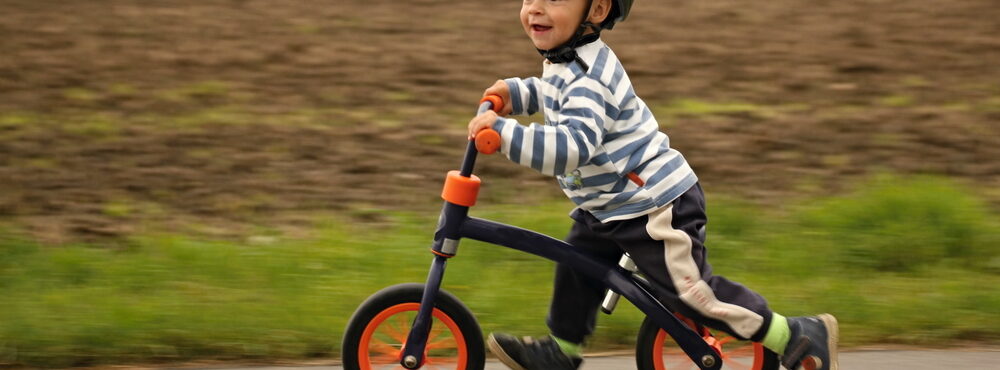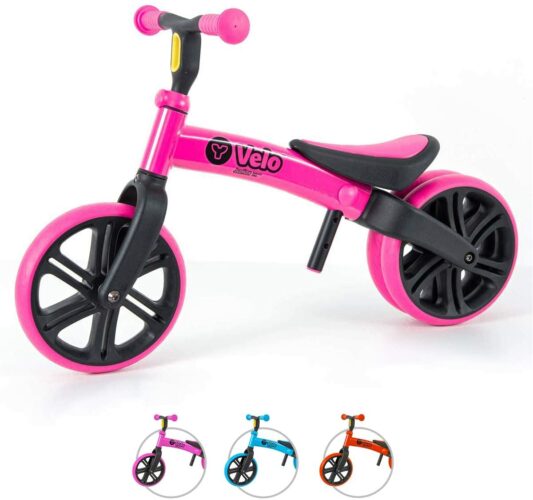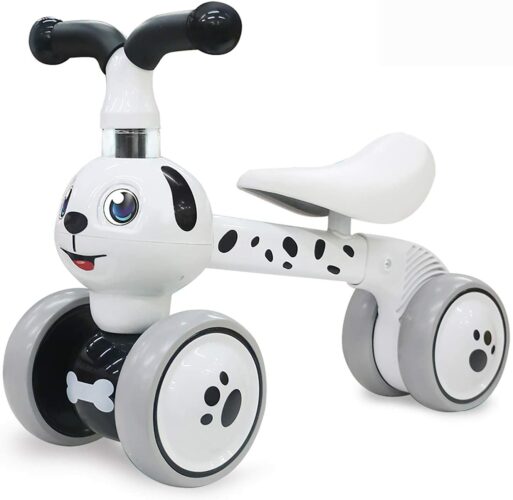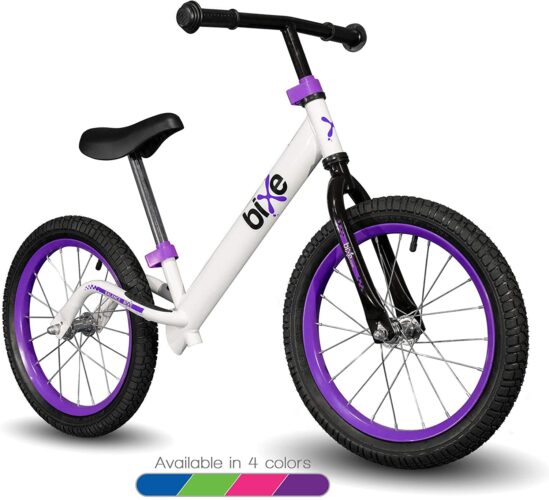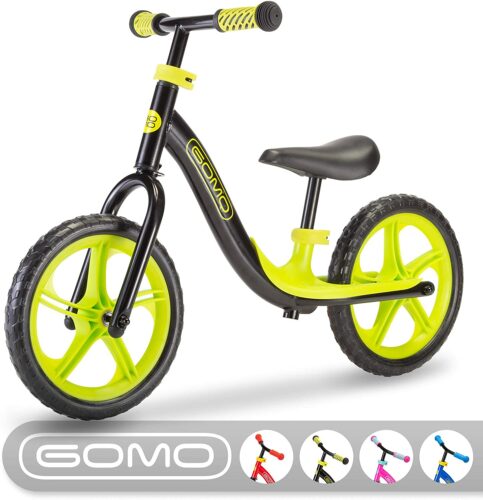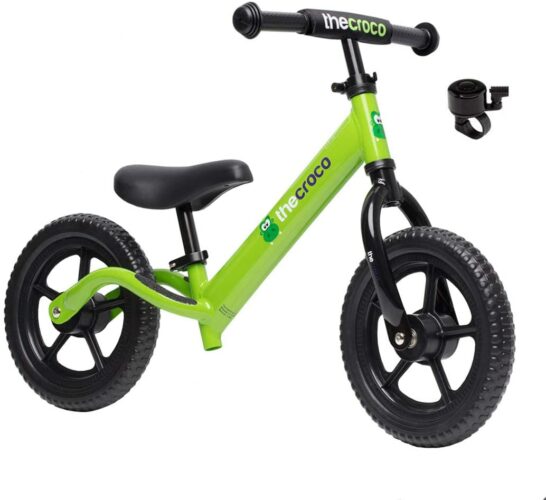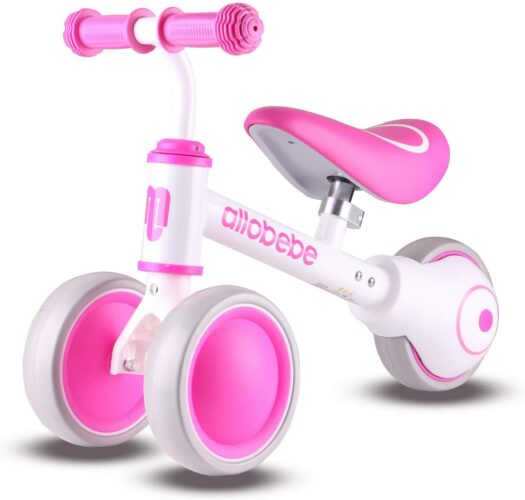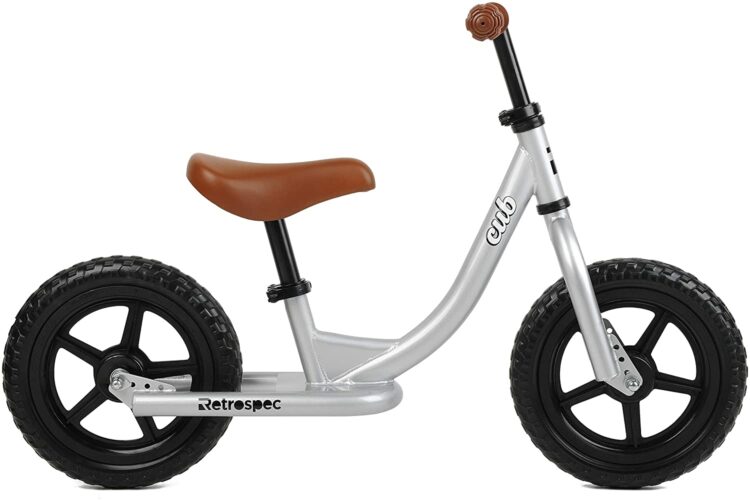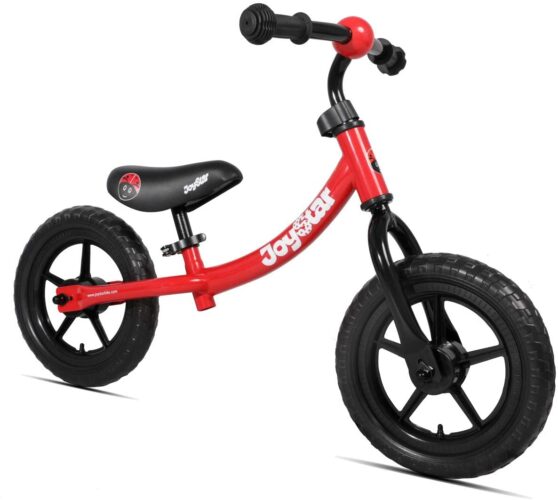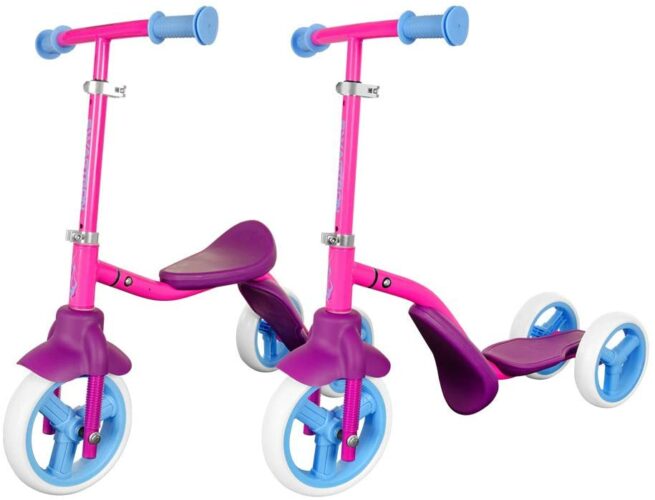Balance bikes assure that children don’t have to wait until they are 5-years-old before they can begin experience the joy of riding a bicycle by themselves. The principal use of balance bikes is to help beginners develop balance, without the use of pedals or training wheels, while sitting and in motion.
These days, balance bikes come in an array of fantastic designs and concepts. A few are 3-wheelers while others incorporate balancing technology that prevents small children from falling even while riding the bike on a tilt. This guide will review ten of the best balance bikes for kids right now.
Why Get a Balance Bike?
To help you choose the best balance bike for your child, we’ll explore what makes a balance bike truly special below.
Innovative Design
The primary feature of a balance bike is that pedals are not an essential component of the bike. Generally, kids ride balance bikes by holding onto the bike’s handles and pushing off the ground with their feet. Little children usually begin by using the bike like a baby walker and then graduate to sitting on the saddle before eventually running and gliding with the bike.
Some balance bikes do come with pedals as an extra accessory you can add to the bike when the child is ready to start trying out pedal bicycles. The Strider – 12 Sport Balance Bike, for example, has a [amazon url="https://www.amazon.com/dp/B07SQ3ZPW4″]14x model[/amazon] that comes with a pedal conversion kit, giving owners the option to convert their balance bike to a proper pedal-bicycle.
Absence of Training Wheels
The purpose of training wheels differs from that of balance bikes. While balance bikes are built to assist children in building better balance and coordination, the goal of training wheels is to help kids pedal a bike unassisted. Training wheels restrict the bike’s ability to tilt, which makes them deficient at helping kids develop balance.
Also, training wheels handle rough, uneven surfaces poorly, which might result in the bike tipping over or kids spinning the wheels. But with balance bikes, children can always have better control of the bike.
Health-Building Fun
The balance bikes in this buying guide can help children build arm muscles, finger strength, leg muscles, sharper peripheral vision, and mental development.
Similar to conventional two-wheel bikes, balance bikes engage the rider’s limbs, vision, and cognition. Riding balance bikes is a cardiovascular exercise that can help children build their cardiovascular system; just like pedaling, the frequent pushing and running with a balance bike increase the rider’s heart rate, resulting in stronger heart muscles, lower blood pressure, as well as better weight management.
Safety and Comfort
Balance bikes usually have their seats located closer to the ground than other types of bikes and trikes, making them safer for children in case of a fall. Riding a balance bike is also safer than using training wheels, since training wheels limit a bike’s performance and stability on sloped or uneven terrains.
Also, balance bikes always come with a simple design that is easy to maintain, so it’s easier to make sure the bike is running properly and therefore safe. And the best balance bikes, such as the Croco Lightweight Balance Bike, are built to provide optimum comfort from the handlebars and tires to the bike’s saddle. To help make a balance bike even safer, don’t forget to purchase some high-quality riding gear.
This balance bike buying guide has something for every child, budget, and taste without sacrificing the great qualities that promote optimum safety, comfort, and performance. Now, let’s take a look at ten of the best balance bikes for kids right now.

